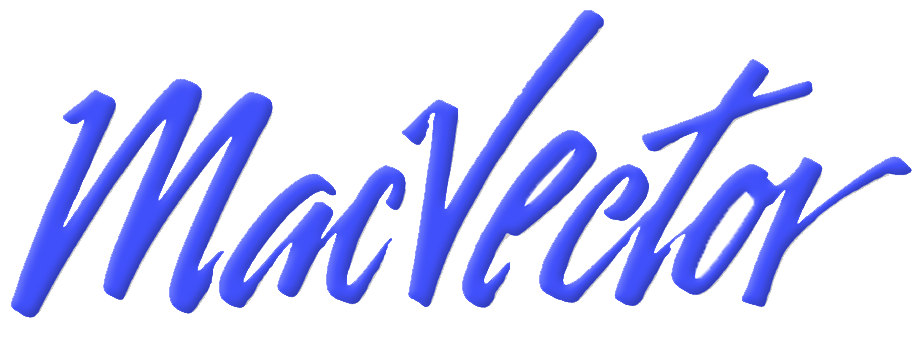-
MacVector for Windows update: Using the Cloning Clipboard.
Read more: MacVector for Windows update: Using the Cloning Clipboard.Macvector for Windows is getting closer. Here’s a short screencast on using the Cloning Clipboard:
-
Use the Edit | Transformations menu to change the case of sequence residues
Read more: Use the Edit | Transformations menu to change the case of sequence residuesSometimes it is useful to use a mixture of cases in a sequence. You might want to flag an interesting region and have it easily identifiable in other views. You can change the case of a selected region of a sequence in MacVector using the Edit | Transformations menu. The case is maintained in all…
-
Using BLAST to automatically annotate a sequence
Read more: Using BLAST to automatically annotate a sequenceYou can use the Database->Auto-Annotate Sequence function to quickly annotate a bare sequence using existing annotated sequences on your file system. However, this only works if your collection of sequences contains features representing all parts of the bare sequence. Luckily, if you have an unannotated region after running Auto-Annotate, you can use MacVector’s built-in BLAST…
-
The MacVector Team are at the ASM2017 in New Orleans (2-5 June).
Read more: The MacVector Team are at the ASM2017 in New Orleans (2-5 June).We’re at ASM Microbe 2017 in New Orleans from Friday until Sunday (2-5 June). The exhibit hall hours are a more respectable 11:30 or 12 until 18:00 now (last year was a quite early 7:30 until the afternoon). We’re on booth #2247. Please do drop by. We’ll be showing our latest release, MacVector 15.5 and…
-
Use the BLAST Map to better identify blast hits
Read more: Use the BLAST Map to better identify blast hitsWith the advent of cheap Next Generation Sequencing technologies, there has been an explosion of whole genome sequences deposited in BLAST databases. One consequence of this is that, particularly for sequences of bacterial origin, most of the significant hits are to entire genomes. The classic BLAST results show the sequence alignments, but give no indication…
-
Controlling The Automatic ORF Display in MacVector 15.5
Read more: Controlling The Automatic ORF Display in MacVector 15.5MacVector 15.5 automatically scans every DNA sequence window for open reading frames and displays the results in the Map tab. The setting for this are controlled by the MacVector | Preferences -> DNA Map pane, along with the automatic Show restriction sites settings. The Minimum Number of Codons setting is fairly obvious. 5’ ends are…
-
MacVector 15.5 is out: Graphical BLAST and automatic ORF display.
Read more: MacVector 15.5 is out: Graphical BLAST and automatic ORF display.Our latest release, MacVector 15.5, introduces an entirely new way to view the results of BLAST searches, with an interactive graphical interface that let’s you easily visualize where your query maps to a hit. Unannotated Open Reading Frames are now automatically displayed whenever you open a DNA sequence. A number of changes to the Align…
-
Clone construction using Digest/Ligate rather than Copy/Paste
Read more: Clone construction using Digest/Ligate rather than Copy/PasteIn previous post we looked at using Edit | Copy and Edit | Paste to quickly and simply create new constructs using Restriction Enzyme sites. This post will look at an alternative approach, using the Digest and Ligate buttons and the Cloning Clipboard. The sequence window Map tab has two buttons called Digest and Ligate.…
-
Simple but accurate restriction enzyme based clone construction using Copy and Paste
Read more: Simple but accurate restriction enzyme based clone construction using Copy and PasteThe quickest and simplest way to create restriction enzyme generated constructs in MacVector is to use Edit | Copy and Edit | Paste. The strategy to use is identical to copying a paragraph from one Microsoft Word document to insert into a second document. i.e. Select the restriction enzymes flanking the source fragment in either…
-
How to change the default appearance of features
Read more: How to change the default appearance of featuresIf you download a sequence from Entrez, or open a sequence that is not in MacVector format, MacVector assigns a default appearance to any features on the sequence. For example, CDS features are shown as a blue arrow with a Helvetica 9 point font label. With the advent of ultra high resolution displays, you may…
